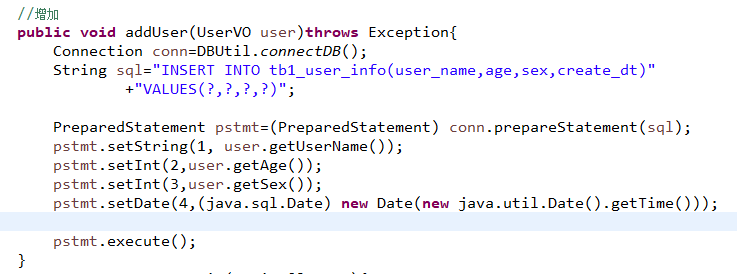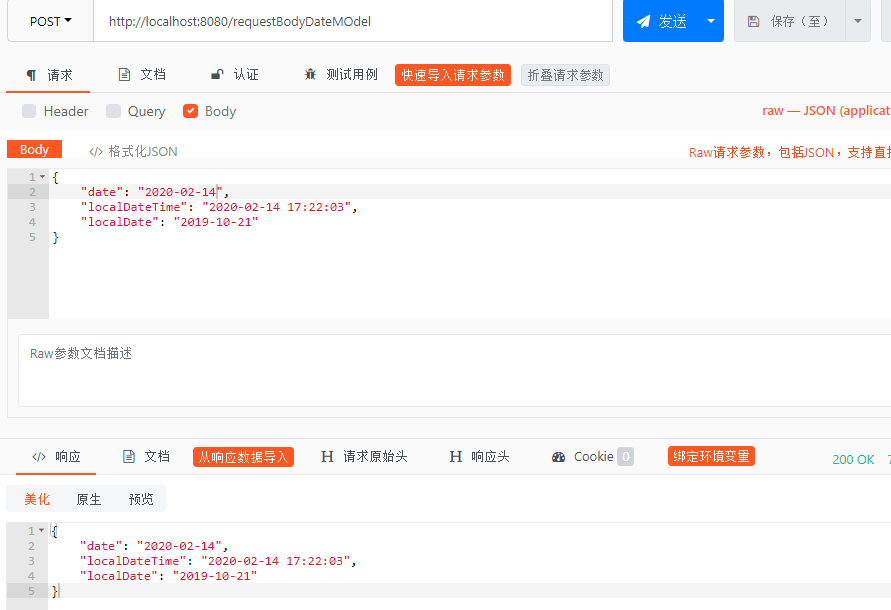
SQL SETDATE DRIVER
The JDBC driver converts into SQL DATE value in the database. Add one date to or subtract it from another, as in lhiredate - SYSDATE.

Insert into dispatches values('Headset', 'Jalaja', DATE(''), TIME('11:08:59'), 6000, 'Goa') įollowing JDBC example inserts a new record into the dispatches table by passing the required values. setDate(int index, Date d): This method sets an arguments to value. Oracle Database enables you to perform arithmetic operations on dates and time stamps in several ways: Add a numeric value to or subtract it from a date, as in SYSDATE + 7 Oracle Database treats the number as the number of days. The date components should be set to the 'zero epoch' value of Januand should not be accessed. The Time class adds formatting and parsing operations to support the JDBC escape syntax for time values.

to calculate a moving average in SQL using a few tricks to set date anchors. A thin wrapper around the class that allows the JDBC API to identify this as an SQL TIME value. Insert into dispatches values('Earphones', 'Roja', DATE(''), TIME('11:00:00'), 2000, 'Vishakhapatnam') Rolling average in SQL Rolling average is a calculation to analyze data by. Now, we will insert 5 records in dispatches table using INSERT statements − insert into dispatches values('Key-Board', 'Raja', DATE(''), TIME('11:00:00'), 7000, 'Hyderabad') For example, if the Date object holds June 1st, a dateValue of 40 changes the date to July 10th, while a dateValue of 0 changes the date to the last day of the previous month, May 31st. Let us create a table with name dispatches in MySQL database using CREATE statement as follows − CREATE TABLE dispatches( If you specify a number outside the expected range, the date information in the Date object is updated accordingly. Setting timeĭate.setTime(time_value_in_long) Example If (invitado.The setTime() method of the class accepts a variable of long type, representing the number of milliseconds from the epoch time (Janu00:00:00.000 GMT) to the required time, and sets the specified time value to the current Date object. Assume a stored procedure with one date parameter called 'myDate'ĬallableStatement stmt = connection.prepareCall("" Ĭs.registerOutParameter(i++, Types.BOOLEAN) Ĭs.setString(i++, invitado.getNombres()) Ĭs.setString(i++, invitado.getApellidoPaterno()) Ĭs.setString(i++, invitado.getApellidoMaterno())
SQL SETDATE HOW TO
Here is an example of how to use the CallableStatement setDate method: The GETDATE () function returns the current database system date and time, in a YYYY-MM-DD hh:mm:ss.mmm format.

From the API documentation: To conform with the definition of SQL DATE, the millisecond values wrapped by a instance must be 'normalized' by setting the hours, minutes, seconds, and milliseconds to zero in the particular time zone with which the instance is associated. The following types of data are available in SQL Server for storing Date or date/time values in the database: DATE - format. It takes two parameters - the first being the index representing the parameter in the stored procedure, and the second being the date value to be set. This setDate method is specified by the setDate method in the interface. The Java type will be normalized to represent only a SQL DATE and not an instant of Time. The CallableStatement setDate method is used in Java SQL to set a date value to the specified parameter in a stored procedure.


 0 kommentar(er)
0 kommentar(er)
